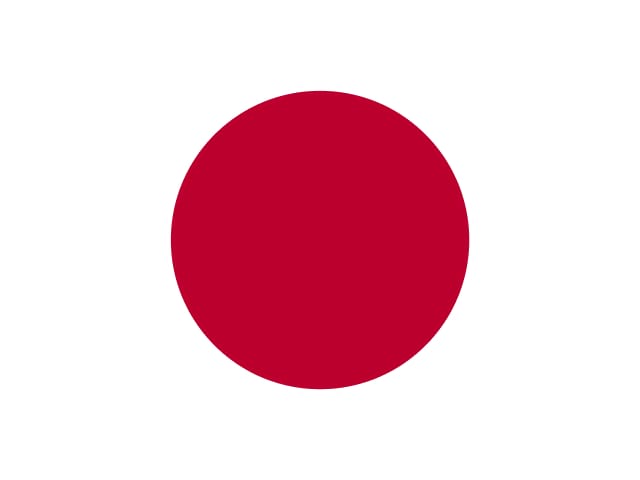
Vi tilbyder forskellige typer linser for at imødekomme dit synsbehov.
Enkeltstyrkeglas korrigerer synet på én afstand - enten til læsning (nær) eller på længere afstand (fx bilkørsel). Glasset justerer synet på den valgte afstand, men kan ikke dække flere distancer.
Flerstyrkeglas inkluderer derimod synskorrektion på flere afstande. Glassets glidende overgang kombinerer nær-, mellem- og fjernsyn, hvilket gør dem ideelle til multifokal korrektion.
Blue Light-glas filtrerer det skadelige blå lys fra digitale skærme, hvilket reducerer øjentræthed - men uden at korrigere synsfejl.

Vi tilbyder tre typer brilleglas.
Standardglas inkluderer de essentielle funktioner for optimalt syn. Glasset har anti-ridse- og anti-refleksbehandling og en tykkelse på index 1.5.
Premiumglas har ekstra coatings for øget holdbarhed samt beskyttelse mod støv, snavs og vand. Glasset er tyndere med en tykkelse på index 1.6.
Premium+ glas er vores mest avancerede glas. De inkluderer alle fordelene ved vores premiumglas, men har en tykkelse på index 1.67, hvilket gør dem endnu tyndere og lettere.

Add-on: Blue Light-filter
Vores briller med Blue Light-filter blokerer op til 97% af det skadelige blå-violette lys, der kan belaste øjnene. Blue Light-briller hjælper med at reducere ubehag og træthed i øjnene som kan forekomme ved længere tids skærmforbrug.
+ Blokerer op til 97% af skadelige blå-violette lys
+ Aflaster øjnene ved skærmbrug
+ Reducerer genskin for klarere syn
Filteret kan tilføjes til enkeltstyrke Standard- og Premiumglas - og alle typer flerstyrkeglas.
Add on: Transitionsglas
Farveskrivende transitionsglas tilpasser sig automatisk til skiftende lysforhold. De bliver mørkere i skarpt sollys og klare igen indendørs. Funktionen reducerer genskin og den øjentræthed, som omskiftelige lysforhold kan medføre. Transitionsglas giver praktisk beskyttelse hele dagen.
+ Mørkere i sollys, klare indendørs
+ Reducerer genskin for øget komfort
+ Giver UV-beskyttelse
Funktionen kan tilføjes til enkeltstyrke Standard- og Premiumglas - og alle typer flerstyrkeglas.
Enkeltstyrkeglas: Til dig der kun skal bruge synskorrektion på én afstand - enten tæt på (fx læsebrille) eller på længere afstand (fx bilkørsel).
Flerstyrkeglas: Til dig der har brug for synskorrektion på flere afstande og ønsker en alt-i-en-løsning. Hvis din recept indeholder en ADD-værdi, vil flerstyrkeglas som oftest være den fortrukne løsning.
Tilpasningsperiode: Flerstyrkeglas kan tage lidt ekstra tid for dine øjne at vænne sig til. Især dét at finde den perfekte vinkel mellem nær- og fjernsyn kræver en smule tålmodighed.
Klik "vælg glas". Herefter vil du blive guidet igennem processen og blive spurgt om alle nødvendige oplysninger, vi har brug for fra dig.
Din recept er dine data. Du skal blot kontakte din optiker eller øjenlæge og bede dem om at udlevere dem til dig. Hvis du ikke har din recept ved hånden, kan du nemt sende den til os pr. e-mail efter dit køb.
Vi anbefaler, at du får dine øjne tjekket af en øjenlæge eller en optiker en gang om året. Du kan få en gratis synstest i vores butik i Magasin Lyngby.
OBS: Det koster mellem 0,- og 400,- hos de fleste optikere, og op til 1000,- hos en øjenlæge. Hos begge kan du få din recept udleveret, som du skal bruge til at bestille hos os.
Der går 7-10 hverdage før du har dine briller i hånden.
Når vi modtager ordren, sender vi informationerne til vores partnere, som skærer, sliber og kvalitetstjekker glassene. Herefter sender de dem til os, hvor vi monterer dem i stellet og foretager et afsluttende kvalitetstjek. Er alt godkendt, vil de straks blive sendt til dig.
Der er en del faglig terminologi på din recept. Du behøver ikke at sætte dig ind i det hele, men det er vigtigt at du indtaster det korrekt, præcis som det står på din recept. For at undgå eventuelle fejl, kan du uploade et billede af din recept.
Højre og venstre (OD og OS)
Dit højre øje: OD, H, R eller Hø
Dit venstre øje: OS, V, L eller Vø
SPH (Sfære)
Denne værdi angiver, om du er langsynet (+) og har svært ved at se tæt på, eller nærsynet (-) og har svært ved at se langt.
CYL (Cylinder)
Denne værdi angiver graden af din bygningsfejl (astigmatisme). Målingen afspejler formen på din hornhinde. Står der ikke noget her, så har du ingen bygningsfejl. Er tallet lavt har dit øje en mere rund form, mens et højt tal indikerer en mere oval form.
AXI (Akse)
Værdien måles i grader, og fortæller om retningen af din bygningsfejl (astigmatisme). Akseangivelsen er et tal mellem 1 og 180, hvor 90 er den lodrette meridian, og 180 er den horisontale meridian.
ADD
ADD bruges, hvis du har andre korrektioner og har brug for flerstyrkeglas. Værdien afspejler dit styrkebehov for synkorrektion tæt på (læsning).
PD (Pupilafstand)
Dette er afstanden mellem dine pupiller målt i millimeter. Det er ikke altid, at det fremgår af en brillerecept. For at sikre at den glidende overgang er helt perfekt til dine øjne, skal vi bruge din PD, når du bestiller flerstyrkeglas.
 Global (EUR)
Global (EUR)
 United Kingdom (GBP)
United Kingdom (GBP)
 Australia (AUD)
Australia (AUD)
 New Zealand (NZD)
New Zealand (NZD)
 Denmark (DKK)
Denmark (DKK)
 Germany (EUR)
Germany (EUR)
 Japan (JPY)
Japan (JPY)
Gratis shipping på ordrer over 350 DKK / €50 / $55 / 5,500 JPY
Betal i lokal valuta